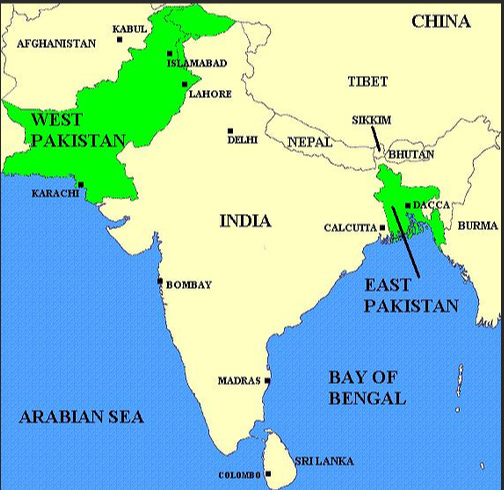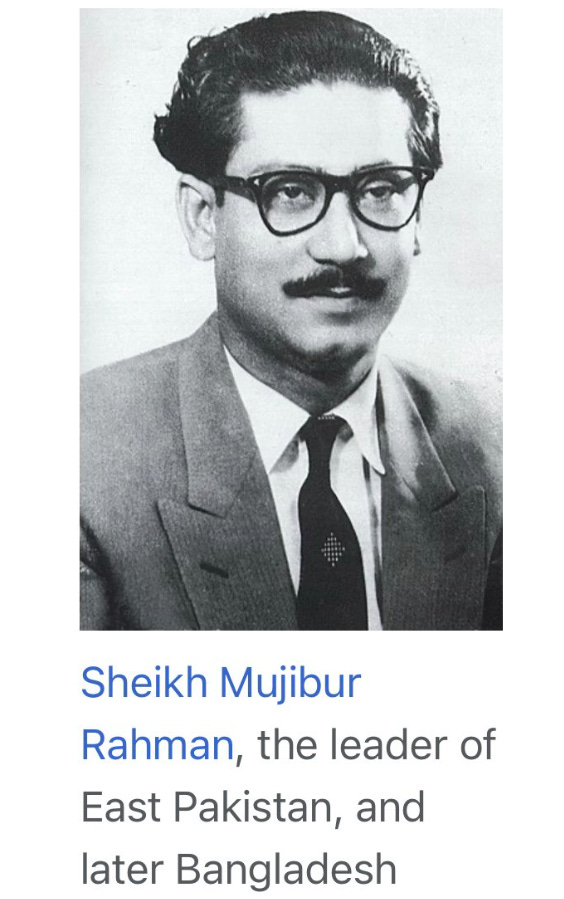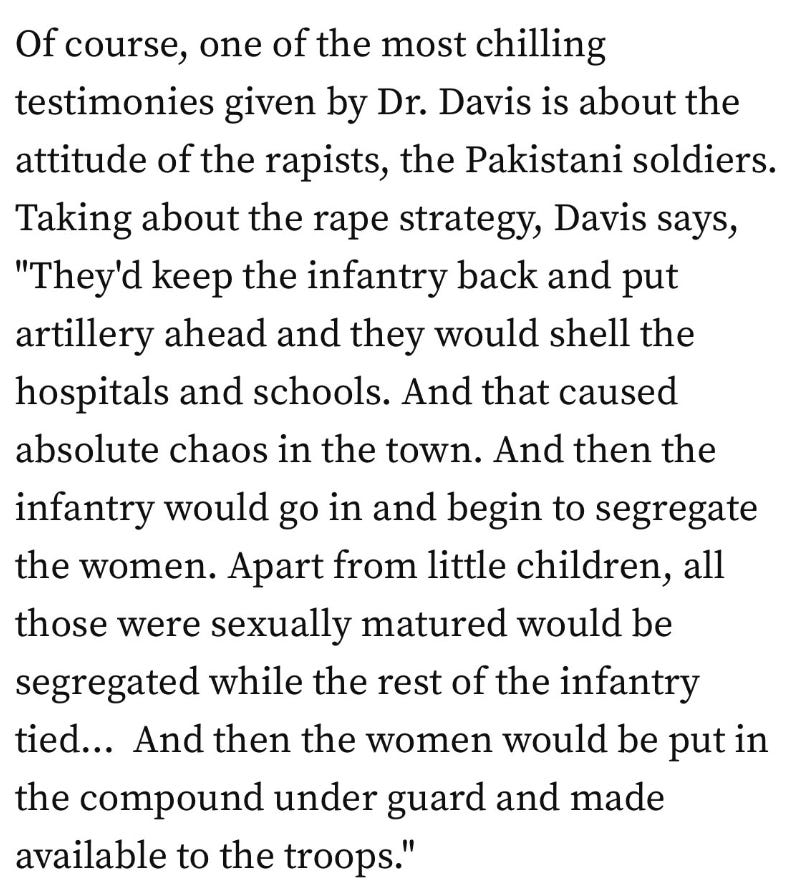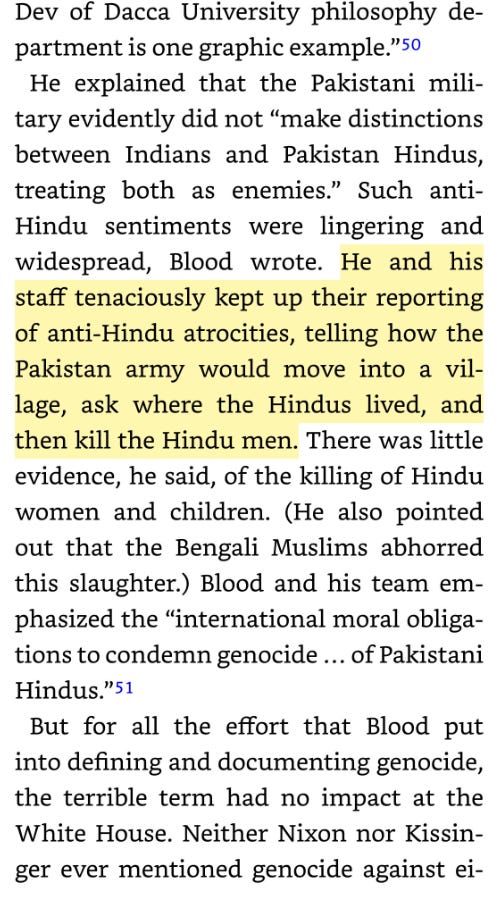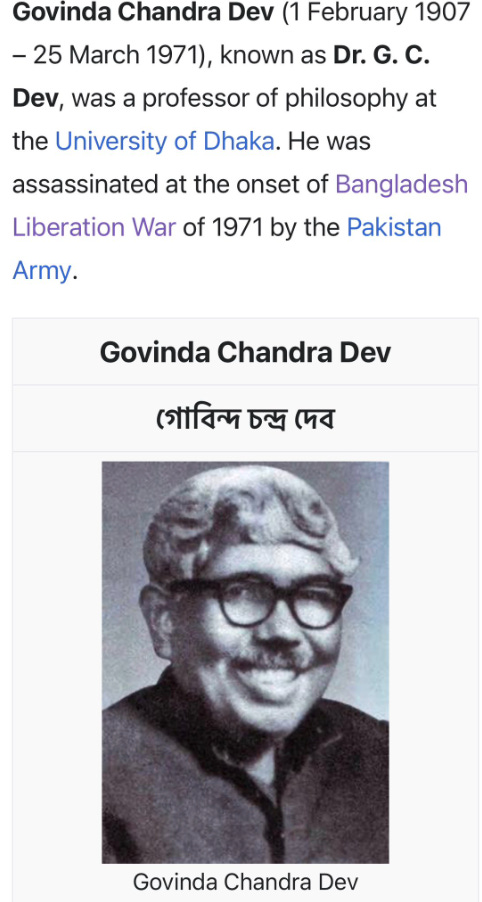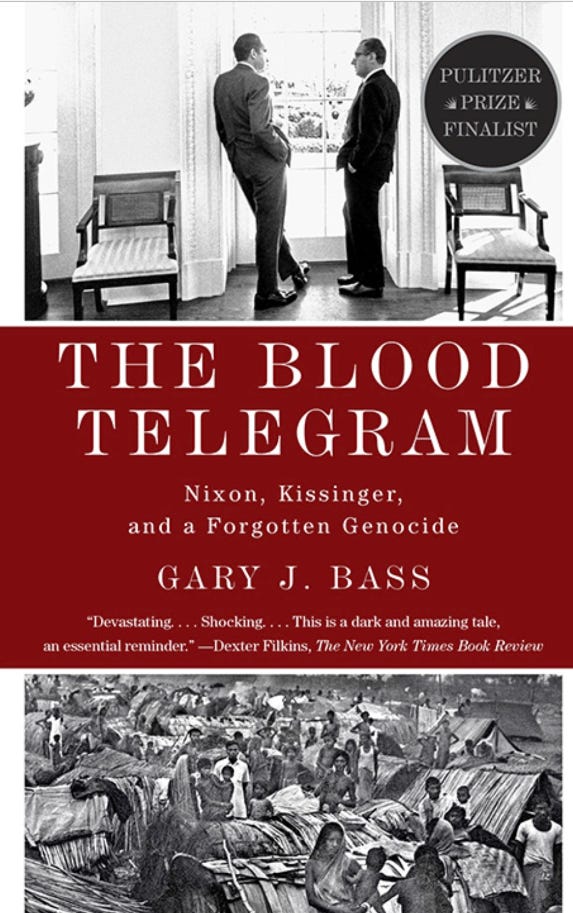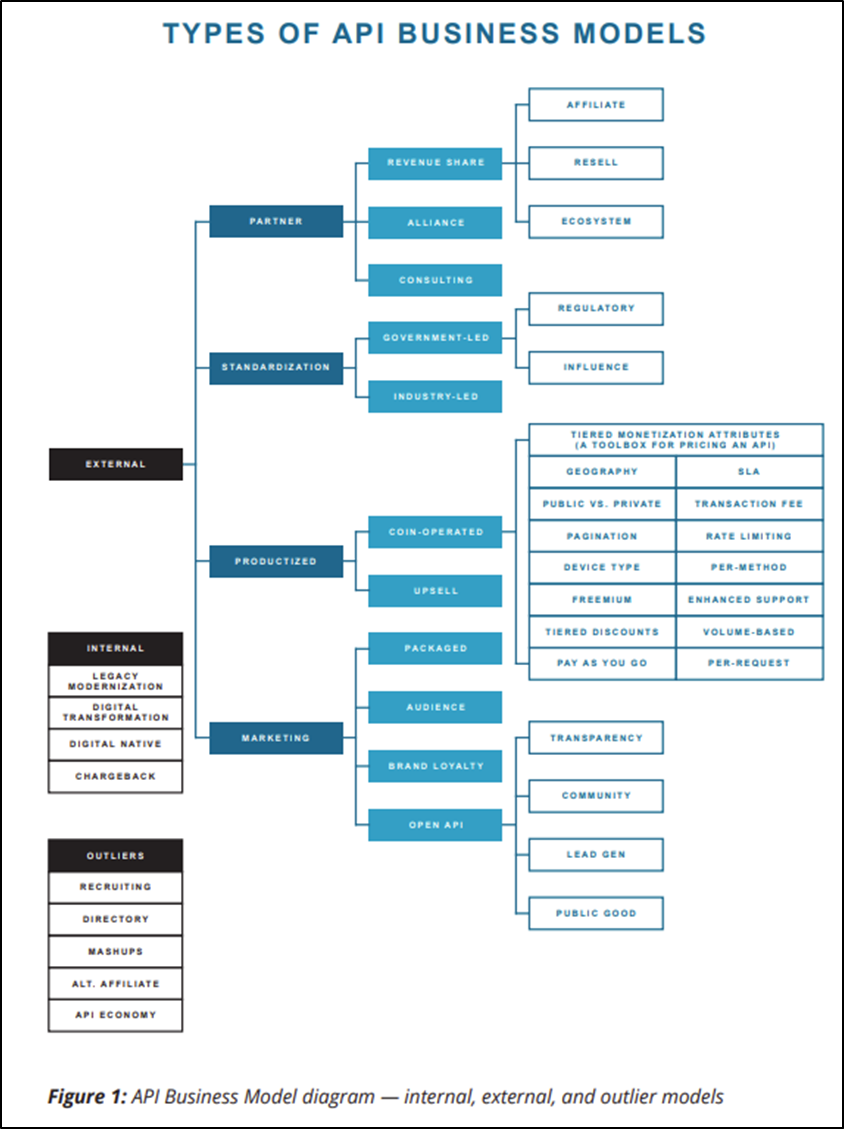
BY SANJ KATYAL
It is hard to open a medical journal in any specialty without seeing an article on burnout. There are statistics, trends, and of course a myriad of causes detailed in these articles. A few even offer some sensible solutions – flexible scheduling, peer support, delegation of clerical work and an increased focus on personal well-being activities are steps in the right direction.
I have previously written that “the absence of burnout does not equal wellness” just as the absence of disease does not imply health. We deserve more than simply the ability to function, we deserve to flourish. This is where a field such as positive psychology, or what many call the science of happiness, can offer some evidence-based guidance.
What has become clear over the past few years is that many people are giving new buzzwords like burnout or moral injury too much credit for their unhappiness. Many of us are not well, either personally or professionally. It’s not as if we are joyful, peaceful and fulfilled at home and then suddenly begin to suffer only when we go to work.
Our jobs, colleagues or even the draconian healthcare system are not to blame for our discontent. Many of us may feel burned out but it has little to do with our career choice. Not many of us are fulfilled. Not many of us are content. Not many of us are free of stress and anxiety. Most of us seem to be restless and want to feel better all the time. So we blame our jobs, our bank account, people around us, even the world, and call it burnout. Burnout, while a significant problem for some people is now conveniently being used by many to shift the blame away from ourselves. We are the problem. But the good new is that we are also the solution. It is our lack of understanding that causes us to feel perpetually discontent and frantically chase happiness in various forms. It can only be understanding that will set us free.
What is it that we have not understood? What are the questions deep within us that we never have the courage to ask?
Why are we not fulfilled? Why are we restless and anxious much of the time? Why do we crave distractions in phones, TV and alcohol?
What we don’t understand is that the discontentment and restlessness that many of us feel is the natural state of our minds. Our mind has evolved to protect us and is constantly searching for opportunities and avoiding threats. Look at how you spend your days, look at your thoughts – they will largely be seeking something pleasurable and avoiding something painful. We are all firefighters putting out fire after fire each day differing only in the size of the inferno.
Our mind can never be satisfied because that would threaten its survival. This is why we take everything in our lives for granted. This is the reason we need gratitude journaling because our minds will make us forget how good we really have it. This process, called hedonic adaptation, ensures that we will take for granted stimuli in our lives that are constant so we can easily recognize new stimuli (potential threats) from old ones that fade into the background. The problem is that much of the things that fade into the background of our lives are the very aspects that make life worth living – our close relationships, health, and meaningful work. This is why “I’ll be happy when” syndrome exists. Look back on your own lives. Each stage of life was replaced by a new goal to achieve. This also explains Impact Bias or the overestimation of how good or bad some future event will make us feel. In general, things are not usually as good or bad as we think they will be but our minds exaggerate this future “impact”. Both phenomena of hedonic adaptation and impact bias serve as evolutionary wiring that motivates us to keep alert, active and never satisfied.
But here is the crux of the issue – We are more than just the evolutionary wiring of our minds.
Our minds will first and foremost always be concerned with self-preservation. Our minds are hard-wired to never be satiated because doing so would threaten its survival. Imagine not being constantly alert for food or predators in the wild? Imagine if we became satisfied with our situation and were no longer motivated to keep searching? We would not last long. Satisfaction is like kryptonite for the mind.
Therefore, the essential nature of our mind is a state of visceral discontent – restlessness and a feeling of something always missing regardless of what we achieve.
Since we believe we are nothing more than this evolutionary wiring, we also live in this state of visceral discontent.
Once discontent, we seek to feel better because most of the time we don’t feel the way we want to feel.
Here is another false step:
We search for satisfaction thru our minds which by their very nature can never be satisfied.
So life becomes one chase after another. We think that this next goal or achievement will be the one that finally brings contentment. It certainly may give us a boost in happiness (pleasure) for a while until we get used to it and return to our baseline.
Life, for most of us has become a series of trying to satisfy desires. But each desire brings fear, anxiety and ultimately more desire. We are anxious about the possibility of not getting what we want. If we get it, we are fearful of losing it. If it sticks around, it ceases to give us the same pleasure and we move on to a new desire. This is what fills most of our lives – fear, anxiety and endless desires.
There is some relief in this understanding.
Our discontent is not our fault. It is not because we have not yet found the perfect job, partner, or meditation practice. It is not because we don’t have that new title or enough money to retire. It is not for a lack of working hard enough. Our discontent is simply our minds doing what they were designed to do – protect us.
The only fault of ours is not understanding that we are more than simply the evolutionary wiring of our minds.
Once we can see that most everything we do is coming from a place of dis-satisfaction of our mind, we can change the equation of our life.
The default equation imprinted on us from a very early age is: DO-HAVE-BE.
Our minds (and the collective mind of society) tell us that we are inadequate in some (or many ways) and must do something in order to have some result in order to be (feel) better.
Consequently, everything we do becomes a desire to feel better in some way. We became physicians because it made us feel better at least for a little while. We keep trading time for more money than we probably need because it makes us feel better. We put pressure on our kids to achieve because it makes us feel better.
Since all pleasures fade because of hedonic adaptation, any activity done as a desire to feel better will not provide what we are really craving – lasting satisfaction or permanent fulfillment.
So what is a more effective equation to live by?
BE – DO – HAVE
Start from a place of completeness and contentment apart from the endless discontent and desires of our minds. Eastern wisdom has implored us to realize this as our natural state of being. Then from this place, DO whatever you are moved to do without any need to boost our self-image or happiness level. Then HAVE whatever result may or may not come from this activity which was done solely for the activity itself.
What does this mean on a practical level?
We have to earn a living. Earning what we need to live comfortably is effective and necessary. Most of us, however, use money as a surrogate for some future state of contentment. We feel if we make a lot of money, we can travel the world, retire early or finally relax and enjoy life. The truth for most of us is that if we cannot enjoy our leisure time now, we will not enjoy more of it later. There is no future state of contentment – there is only now. There is no future state of happiness – there is only now. Can we make this moment content by understanding that all of our discontent and unhappiness is simply the habit of our mind? Can we watch the wheels of the mind churn out thought after thought that either causes or attempts to relieve discontent?
As physicians, we can work to the best of our ability. If the environment is toxic, then we should leave it. Let us come to the job already content with who we are at our core. Don’t look to our jobs to fill a void within us. Don’t let our self-worth be at the mercy of titles, accolades or our bank account.
On a personal level, imagine interacting with your children already complete in yourself. Our interactions with them will be more pure and effective if we don’t need them to make us feel better. Ironically when we no longer need them to achieve or succeed a certain way for us, they do so even more.
There is something within each of us that we are called to do. Something that we woud pay to do. Something that we have no choice but to do regardless of any external recognition. For some, it may be taking good care of patients. For others, being a physician may simply be a useful and good career but not what they want to do forever. In their spare time, they may be writers, poets, painters, or musicians. Creativity for no reason other than the activity itself. They come to this creation already content, immersed without a care for the result.
Find your own creative pursuit. Listen to the voice deep in your heart rather than the one in your head telling you to do more, achieve more, become more than you already are. As the Ancient Indian scriptures state, “You are already that which you are seeking”.
Sanj is radiology’s spiritual advisor. He has written for THCB before.
from The Health Care Blog https://ift.tt/ncqdj2R



